From January to March 2025, the Caliphal Finances project organised the lecture series of the IMES department at the University of Edinburgh. The theme of the series was taxation, providing an occasion for the entire team, along with three of our colleagues, to present on fiscal topics in their own research.
Every time the Caliphal Finances team presented, they demonstrated how research is conducted through collaboration and constant discussion, showcasing how team members share specific topic interests, investigating them from different perspectives.
- Georgi Obatnin, Marie Legendre and Eline Scheerlinch at the IMES lecture 10th March
- Noëmie Lucas and Dalia Hussein at the IMES lecture 25th February
On two occasions during this series, PI Marie Legendre, PostDoc Eline Scheerlinck, and PhD Student Georgi Obatnin shared the floor. They first opened the series with their presentation “The Many Lives of the Aberdeen Papyri from Egypt to Python.” In this lecture, we followed the journey of the papyri from their place of discovery to European archival collections, addressing questions of provenance and access before discussing the work of analysis and edition.
“While Eline discussed access to the physical papyri and their history as part of a collection, and Marie presented the contents of a specific papyrus fragment, Georgi demonstrated how digital tools in his PhD research facilitate the analysis of large amounts of papyrus documents.”
On the 10th of March, they presented another three-voices lecture dedicated to accounting practices in the Multilingual Administration of the Abbasid Era, during which “they underscored the complexity and adaptability of the Abbasid fiscal system, marked by a rich interplay of languages and numerical practices.”
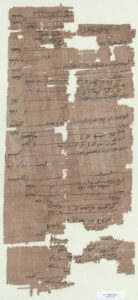
A fiscal list from Abbasid Egypt: an exemplary specimen of the Caliphal Finances project’s sources. Kept at the Austrian National Library Vienna, A. P. 05999.
To present our respective research on the agents of Abbasid taxation, PhD Student Dalia Hussein and I, PostDoc Noëmie Lucas, joined forces to give a lecture entitled “People and Money: The Agents of Abbasid Taxation from the Village to the Caliph.” We explored how the papyrus documents inform us about fiscal officials acting in Egypt. Dalia focused on the fiscal agents in the villages and Egyptian districts, concentrating on terms referring to specific functions found in the papyri like: qusṭāl, jahbbah, or ʿāmil. As for me, I concentrated on the head of the fiscal administration, the ṣāḥib al-kharāj, and elaborated on the methodological challenges of establishing a complete list of them for the Abbasid period, particularly the interplay between the literary corpus and material evidence.
Additionally, we had the great pleasure to give the floor to three of our colleagues from the University of Edinburgh. We took a moment away from taxation with Dr Simon Loynes, British Academy Postdoctoral Fellow, who presented his research on the absence of the root w-ḥ-y in the schematics of revelation in medieval tafsir. We returned to our fiscal theme with Dr Nik Matheou, Lecturer in Medieval Global History, whose presentation was entitled “Crisis of accumulation in the Chinggisid world order: Land, capital and fiscal administration in Ilkhanid Ani, 1256-1335”. During his lecture, Nik Matheou presented his work on the Chinggisid world order from the perspective of the Armenian city of Ani, north of the Ilkhanid sphere, focusing on taxation. He particularly demonstrated how a number of inscriptions that survive from the city of Ani, dating from the long 13th century, comment on patterns in the region’s economic trajectory under Ilkhanid rule. “They speak to the sudden transformation in power relations between members of the elite now increasingly connected to Ilkhanid fiscal administration, and those left on the outside.” To know more about this lecture, read PI Marie Legendre’s reflections on it.
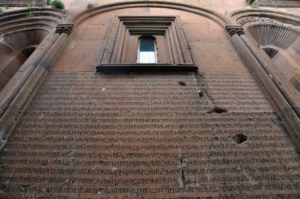
Armenian inscription (1255) from Marmashen, Armenia, photo by Edward Zychowicz-Coghill.
Finally, we closed our series with a lecture by PhD Student Stefano Nicastro, who took us to Mamluk Alexandria, seeking a better understanding of Egyptian-Genoese commerce and interactions, notably through the study of its infrastructures and administrative roles. Thanks to Stefano, we delved into Egyptian fiscal history in later periods, within the context of commercial exchange.
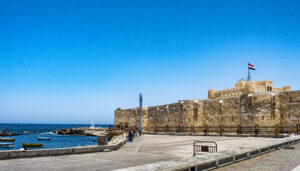
Citadel of Qaitbay, Alexandria, ASaber91, CC BY-SA 4.0 , via Wikimedia Commons
Arabic documents are cited according to “The Checklist of Arabic Documents”.
Banner Image: Illustration by George Alexander Hoskins (1802-1863) https://commons.wikimedia.org/wiki/File:Rechmire-Tributszene.jpg, „Rechmire-Tributszene“, marked as public domain, more details on Wikimedia Commons: https://commons.wikimedia.org/wiki/Template:PD-old
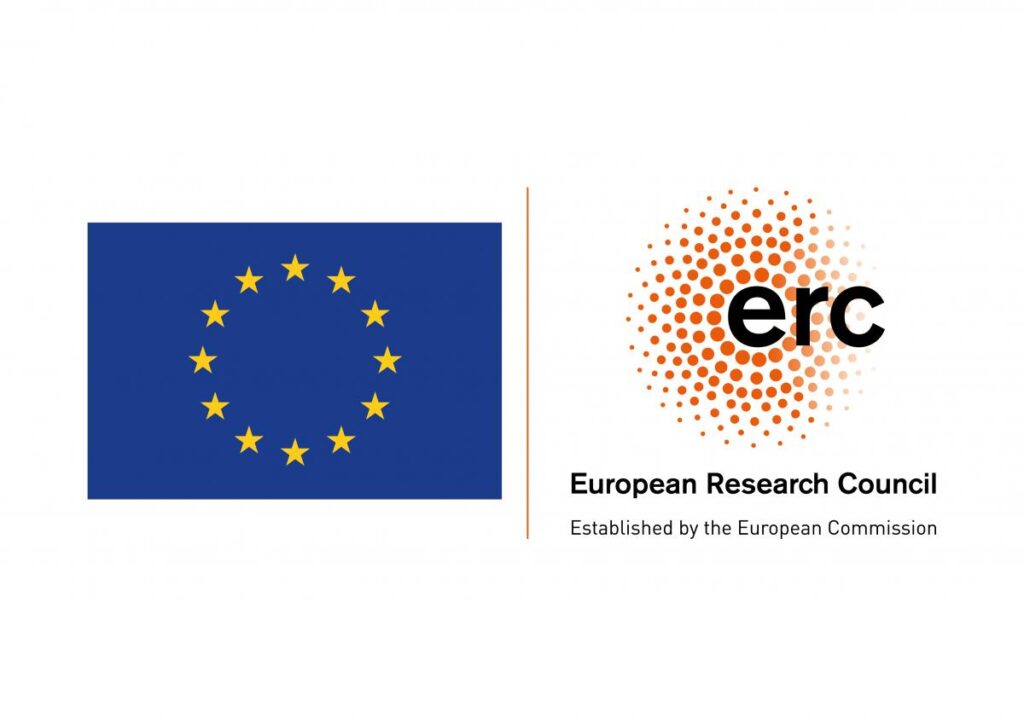

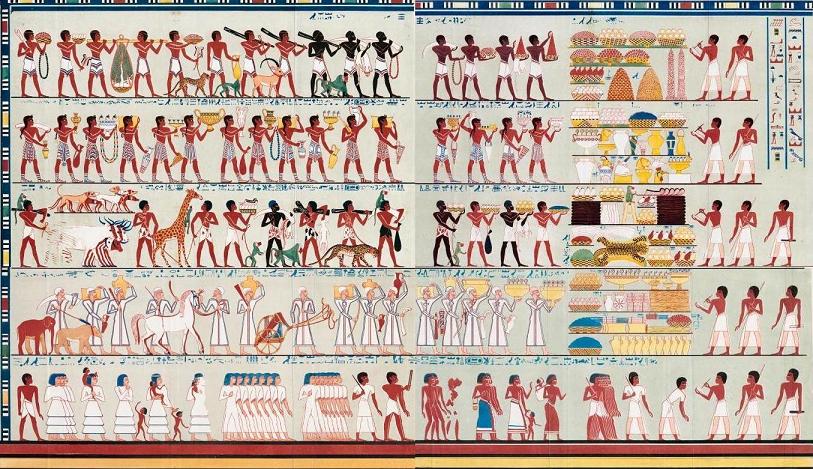
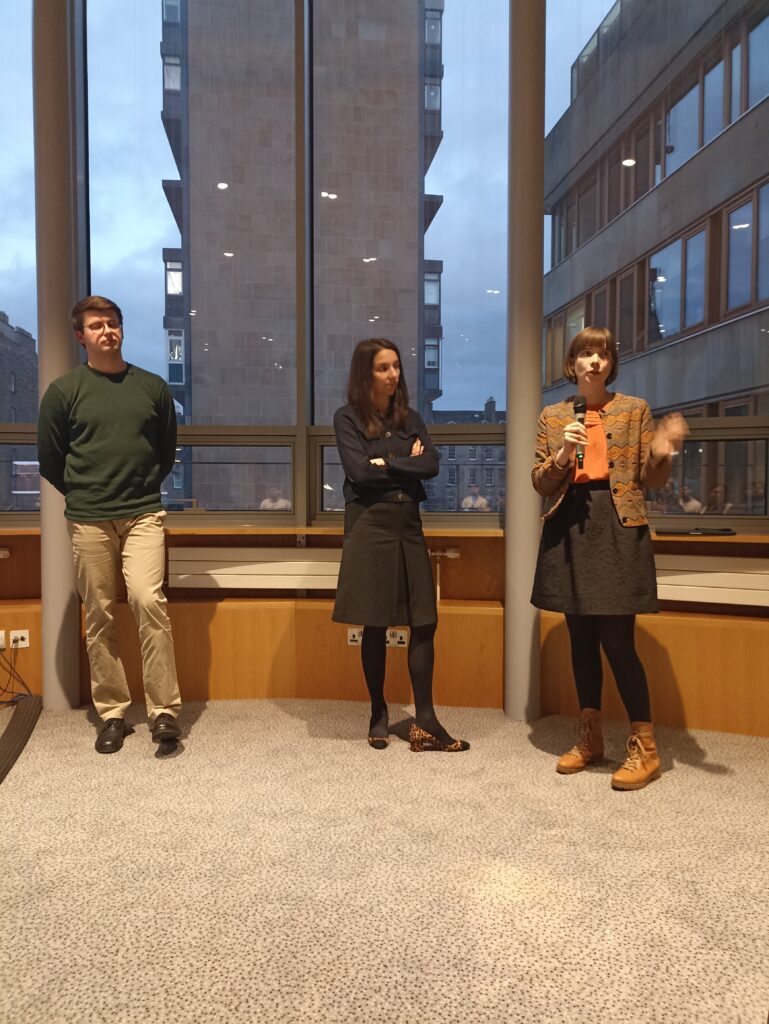
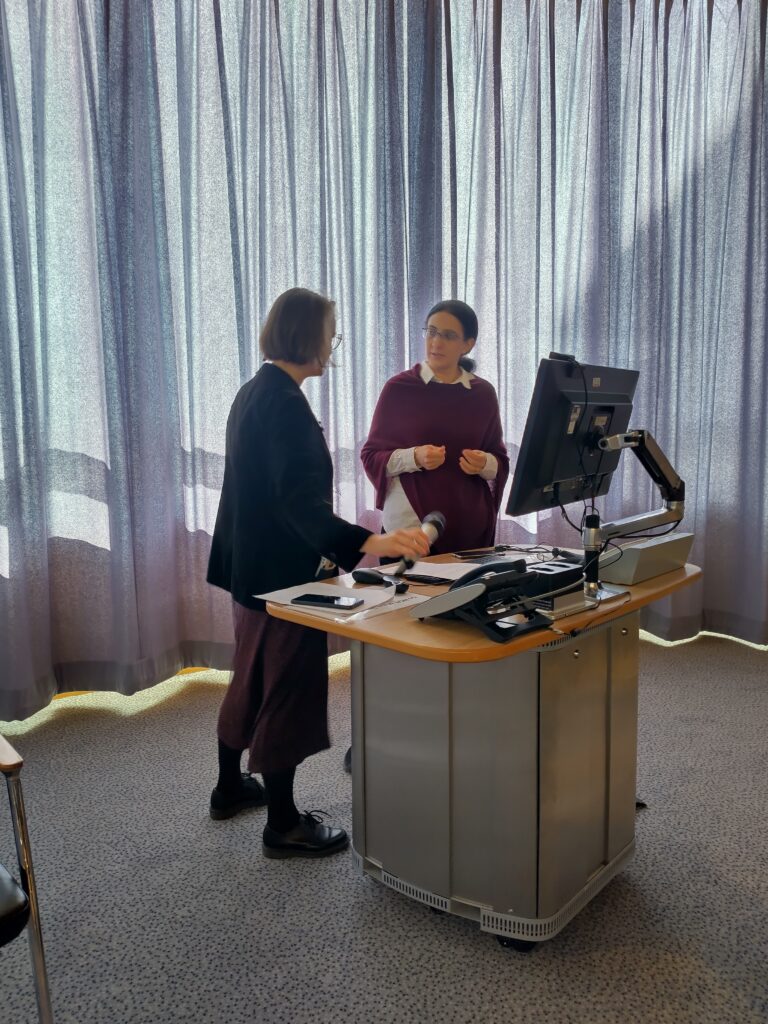

Leave a Reply